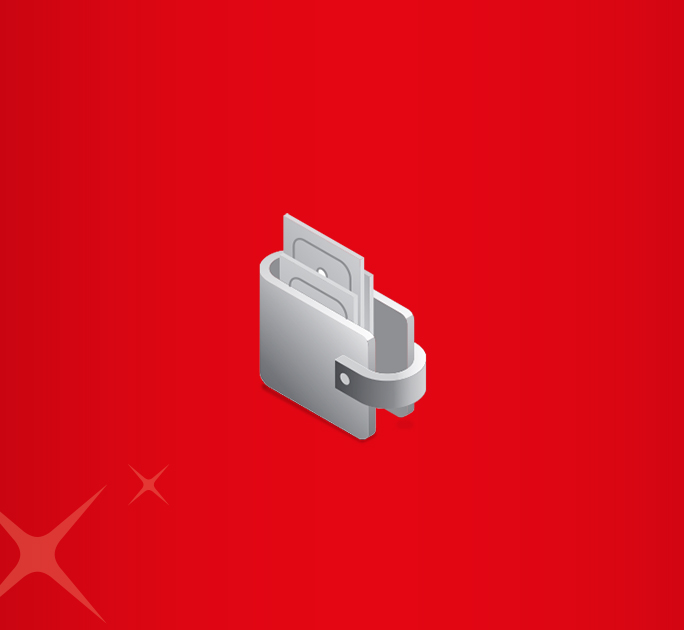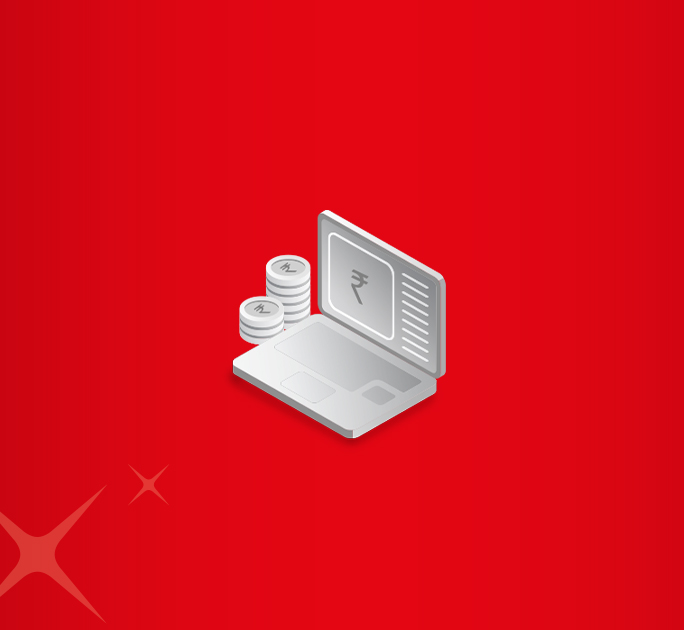- Save
- Invest
- Borrow
- Pay
- More
- Customer Services

Bank Rate Vs Repo Rate
Decoding the difference between bank rate and repo rate
Key Takeaways
- The RBI charges Repo rate and bank rate on loans taken by commercial banks.
- RBI levies the Repo rate when borrowers provide collateral and a repurchase agreement is in place.
- RBI applies the bank rate during the absence of collateral and repurchase agreement.
- The bank rate is typically higher than the repo rate.
- Repo rates and bank rates help control liquidity in the banking system and the loan market.
The terms ‘bank rate’ and ‘repo rate’ are usually used in the context of borrowing and lending activities in the financial sector, particularly in banking. These are lending rates used by the Reserve Bank of India (RBI) while dealing with commercial banks and financial institutions. Repo and bank rates also have more significant implications on the economy and the market cash flow. Although they are misconstrued as the same, the two are uniquely distinct. This article analyses the difference between bank rate and repo rate. Read on to know more.
Bank Rate Vs Repo Rate – Meaning
When you are in a financial crunch, you typically approach a commercial bank for a loan. Similarly, when commercial banks face financial difficulties, they approach the country’s central bank – the RBI, for financial assistance. The interest rate the RBI levies on lending funds to commercial banks is known as the Repo rate.
In return, commercial banks have to sell government securities or bonds. The loan functions on a repurchase agreement at a predetermined date and price. The repo rate primarily helps control inflation and liquidity in the market and the banking system.
The bank rate refers to the rate of interest the central bank charges on loans taken by commercial banks and financial institutions. The RBI applies the bank rate when the borrowers have not sold any securities or provided collateral. It also applies this rate when the parties have not signed a repurchasing agreement. Banks usually borrow funds from the RBI and lend the money to their clientele at a higher interest rate to make profits.
The bank rate is always higher than the repo rate since it controls liquidity. When the RBI raises the bank rate, the borrowing cost of the bank increases leading to a shortage of funds in the market.
Difference between a Bank Rate and a Repo Rate
The differences between bank rate and repo rate are as follows:
|
Parameters |
Bank Rate |
Repo Rate |
|
Application |
Charged on loans offered by the RBI to commercial banks |
Charged on loans provided by RBI to commercial banks in exchange for securities when a repurchase agreement is involved. |
|
Collateral |
No collateral is involved. |
Banks provide Government securities and bonds as collateral. |
|
Rate |
The interest rate is typically high due to the absence of collateral |
The interest rate is usually low since the borrower provides collateral |
|
Impact |
It directly affects lending rates offered to customers. |
It is limited to the banks and does not reach customers directly. |
|
Goals |
It helps the borrowing banks fulfil their long-term financial needs. |
It helps the borrowing banks fulfil their short-term financial needs. |
Final Note
While it may not apply to them directly, commercial or retail customers should know the difference between bank rate and repo rate. This is because these rates directly influence the lending-borrowing rates. You can find the current bank rate and repo rate on the RBI website.
Download DBS Bank app to virtually apply for a loan and enjoy reasonable interest rates and easy EMI options.
*Disclaimer: This article is for information purposes only. We recommend you get in touch with your income tax advisor or CA for expert advice.











